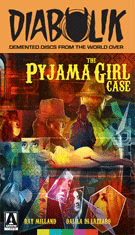
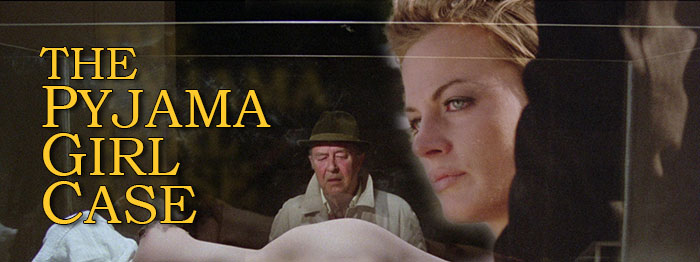


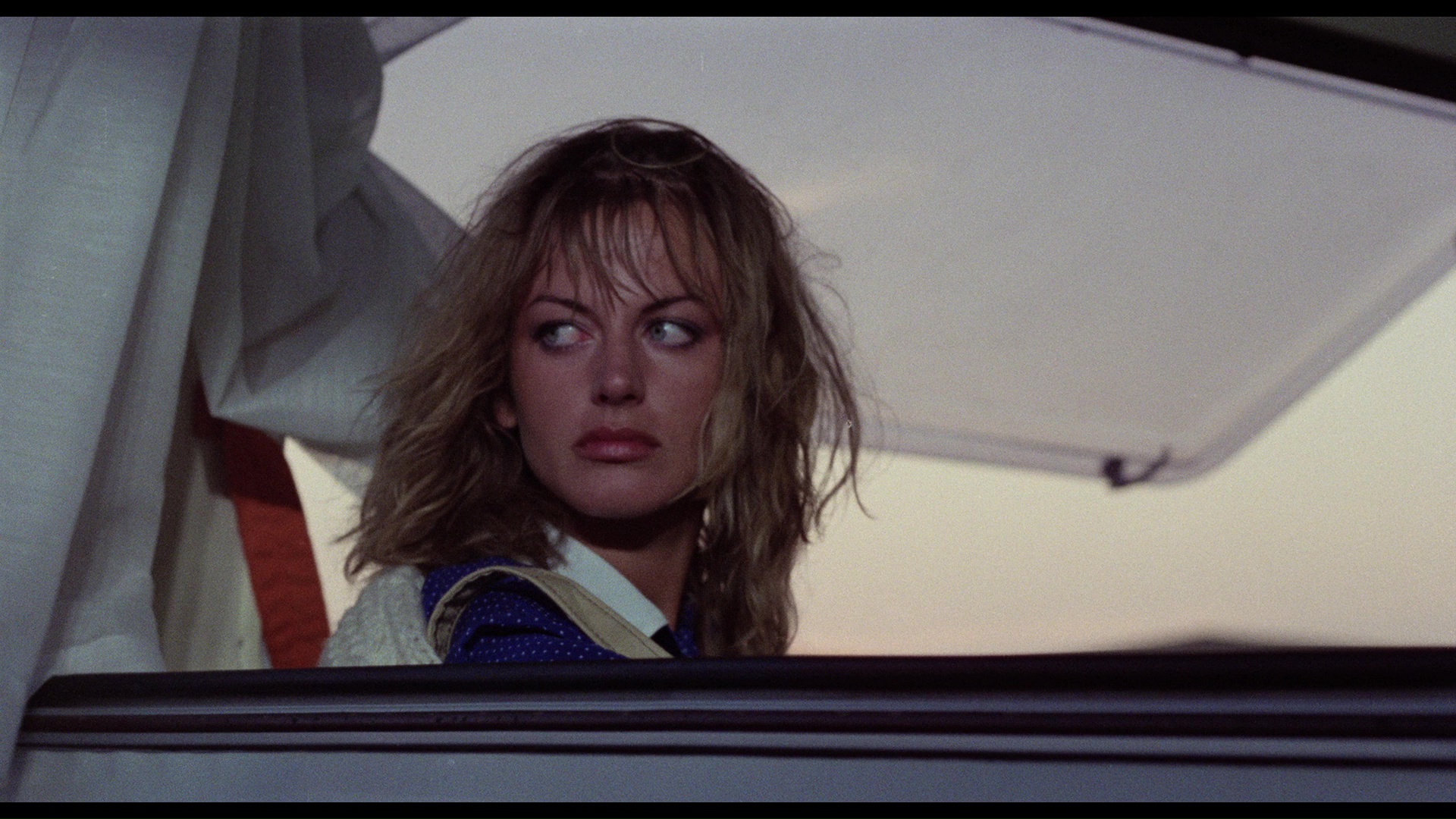 unfamiliar with the
unfamiliar with the 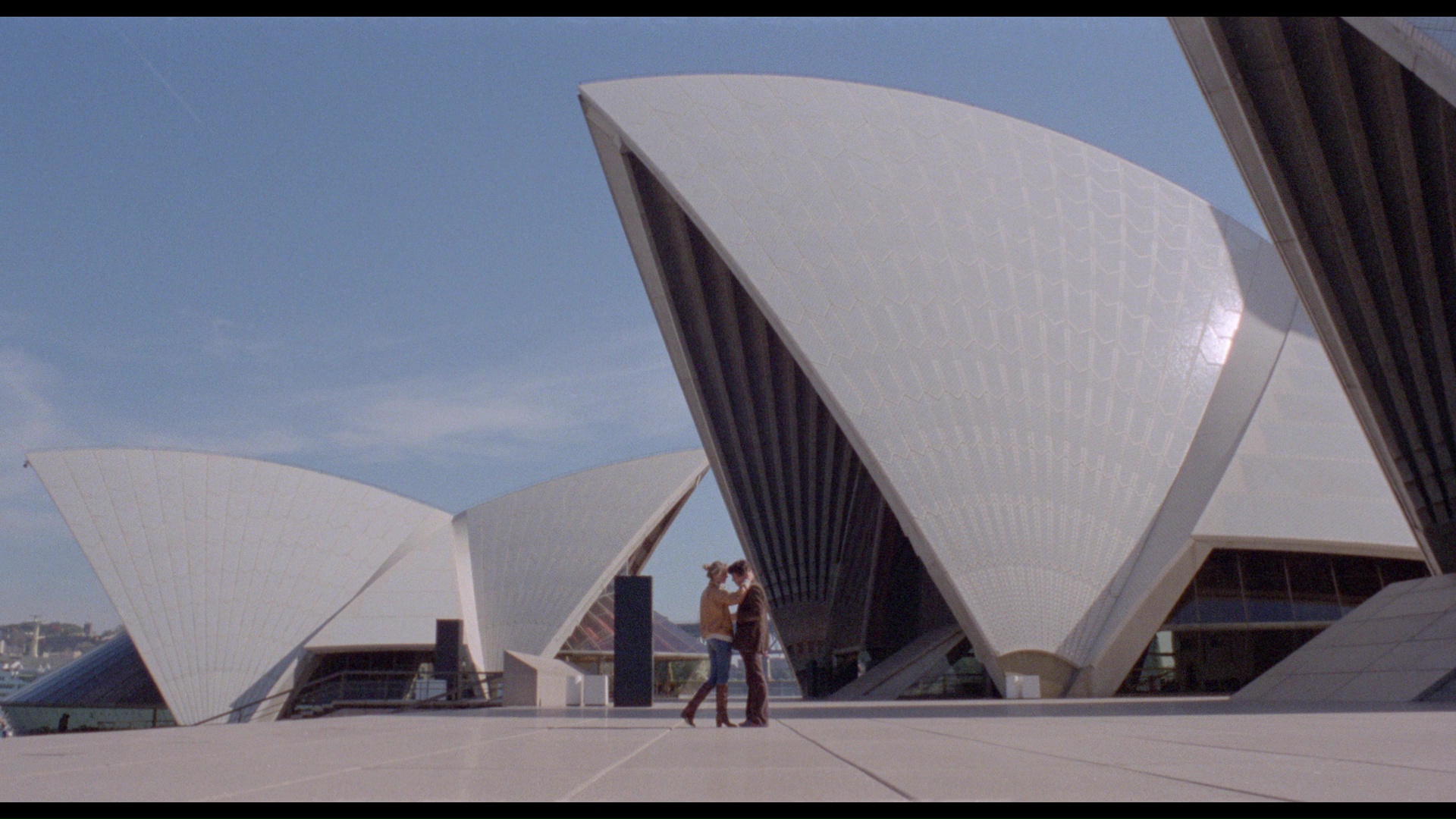 beloved Italian thriller strain known as the giallo will be confounded by this Australia-set mystery, which breaks so many rules one can only wonder how audiences responded to it without any advance warning. An Italian-Spanish co-production, the feature takes its inspiration from a real 1934 murder in New South Wales and follows the major facts quite closely, albeit with a lot of embellishment and a modern setting.
beloved Italian thriller strain known as the giallo will be confounded by this Australia-set mystery, which breaks so many rules one can only wonder how audiences responded to it without any advance warning. An Italian-Spanish co-production, the feature takes its inspiration from a real 1934 murder in New South Wales and follows the major facts quite closely, albeit with a lot of embellishment and a modern setting. 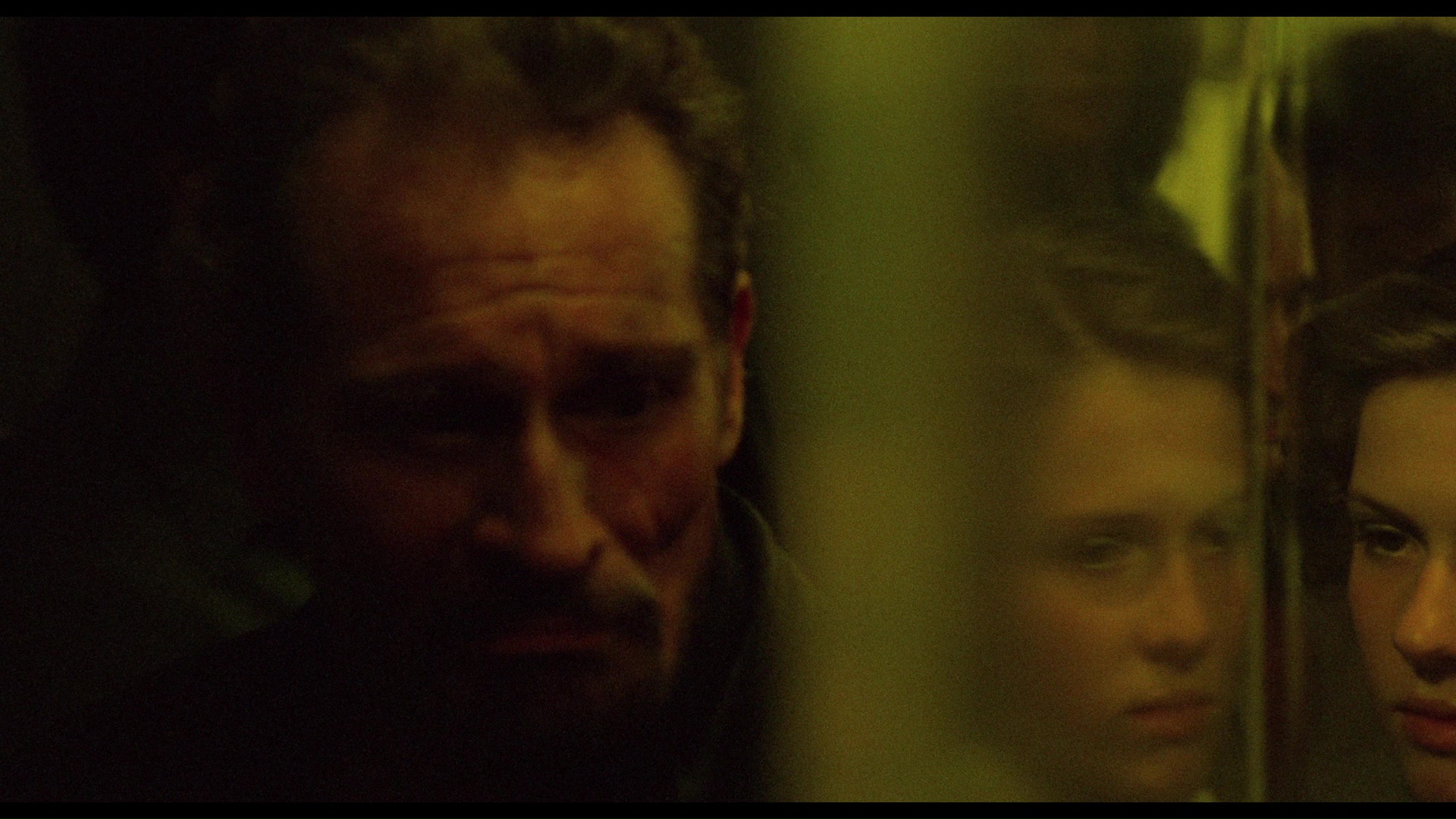 least two seismic plot twists that would have been imitated everywhere if this film were more widely seen. In fact, it’s surprising that the central
least two seismic plot twists that would have been imitated everywhere if this film were more widely seen. In fact, it’s surprising that the central 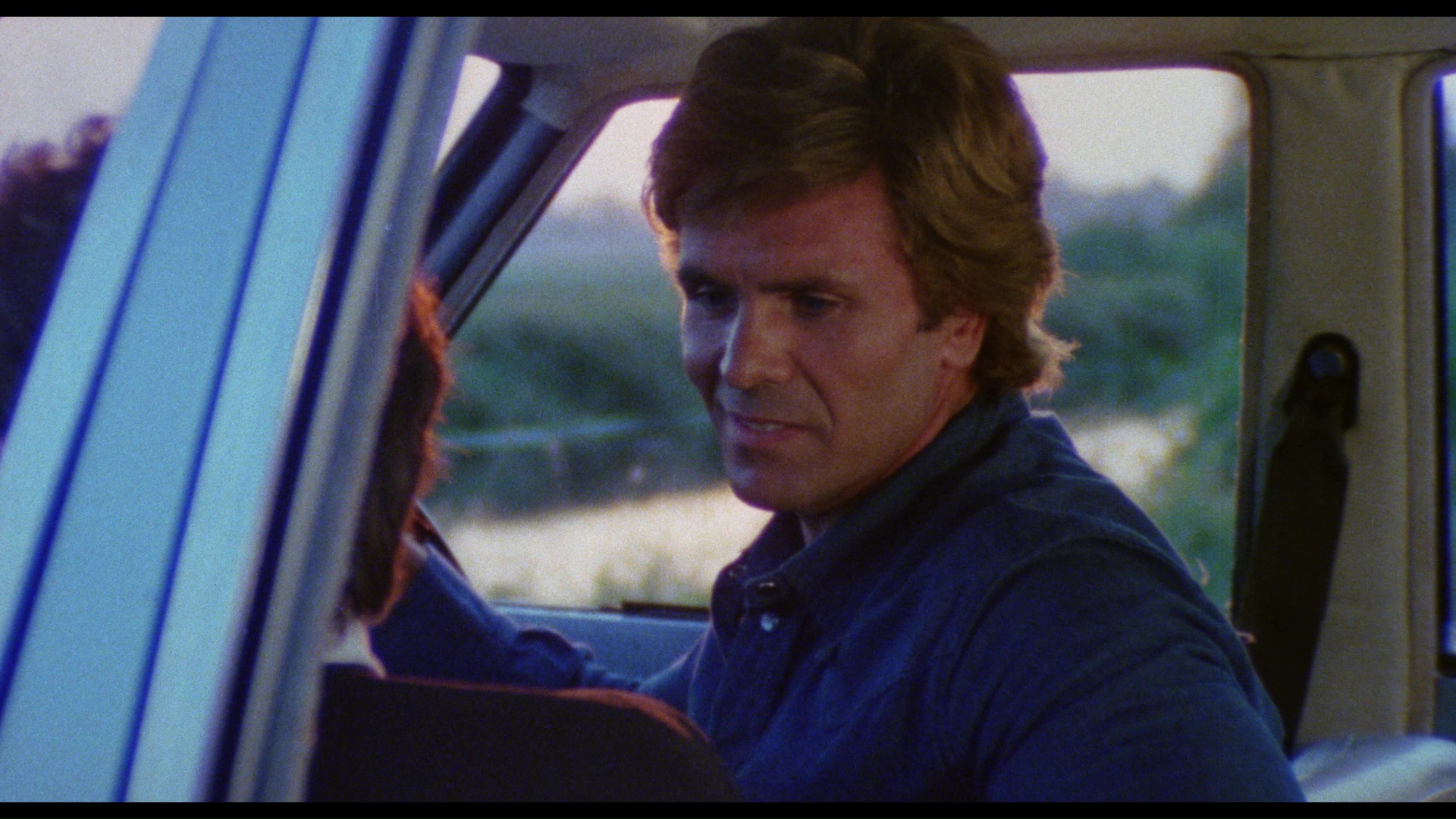 narrative gimmick hasn’t really been attempted again, though a certain 2017 horror film was definitely playing around in the same sandbox. Anyone expecting a traditional giallo will be highly disoriented right from the beginning thanks to the bouncy pair of pop songs crooned by Euro-pop goddess and Salvador Dali muse Amanda Lear, the schizophrenic score by Riz Ortolani that veers from pounding electronics to harmonica-laced romantic melodies, and the fact that almost everything – even the most violent and disturbing scenes – takes place in scorching sunlight. The presence of Milland (who had been turning up in a lot of drive-in films around that time, especially from AIP) meant the film was intended to be screened primarily in English, though the awkward dubbing of Di Lazzaro and particularly Placido (a fine actor elsewhere) puts a bit of a damper on their performances.
narrative gimmick hasn’t really been attempted again, though a certain 2017 horror film was definitely playing around in the same sandbox. Anyone expecting a traditional giallo will be highly disoriented right from the beginning thanks to the bouncy pair of pop songs crooned by Euro-pop goddess and Salvador Dali muse Amanda Lear, the schizophrenic score by Riz Ortolani that veers from pounding electronics to harmonica-laced romantic melodies, and the fact that almost everything – even the most violent and disturbing scenes – takes place in scorching sunlight. The presence of Milland (who had been turning up in a lot of drive-in films around that time, especially from AIP) meant the film was intended to be screened primarily in English, though the awkward dubbing of Di Lazzaro and particularly Placido (a fine actor elsewhere) puts a bit of a damper on their performances.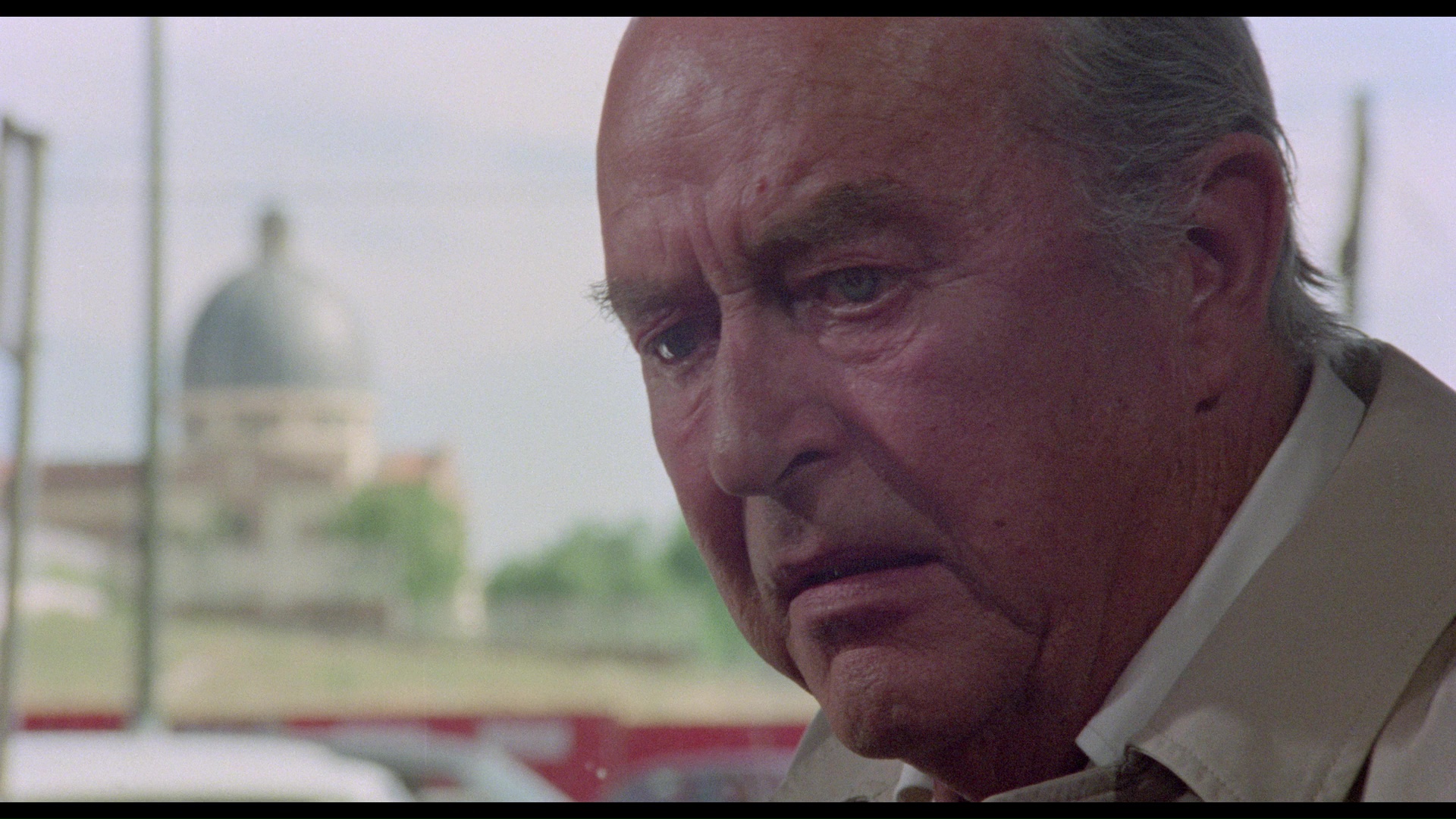 trailer (scored with Ortolani's spectacular "Decimazione Amanti"), an 8-page Eddie Campbell graphic novel based on the case, and a featurette entitled “The Pyjama Girl Mystery:
trailer (scored with Ortolani's spectacular "Decimazione Amanti"), an 8-page Eddie Campbell graphic novel based on the case, and a featurette entitled “The Pyjama Girl Mystery: 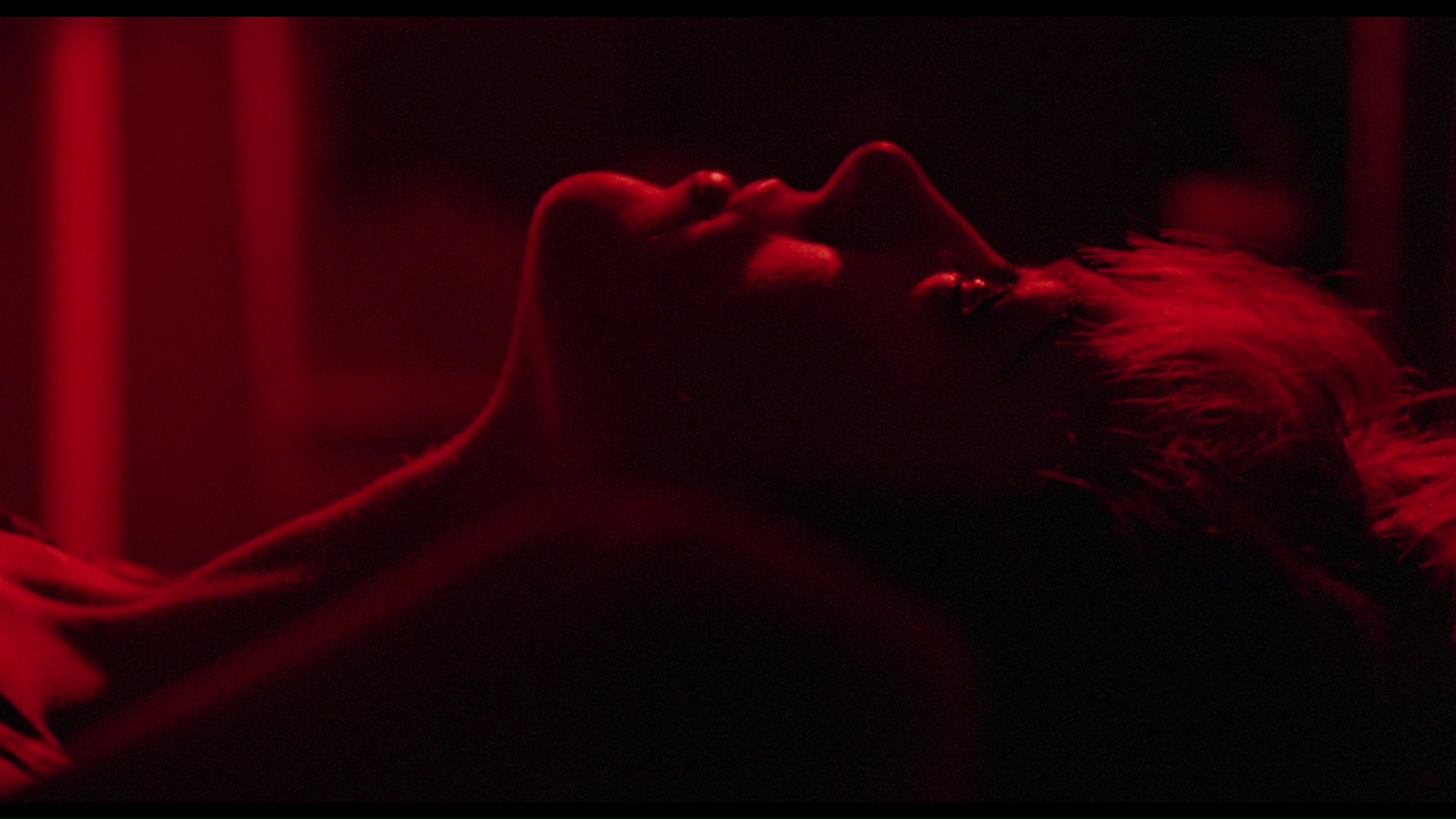 A True Story of Murder, Obsession and Lies” (29m56s) with author Richard Evans expounding on the facts of the actual case and the strange circumstances behind the identification of the murderer, which still remains in doubt. That disc was also bundled into a three-disc “Midnight Movies” set by Blue Underground with The Forbidden Photos of a Lady above Suspicion and The Fifth Cord.
A True Story of Murder, Obsession and Lies” (29m56s) with author Richard Evans expounding on the facts of the actual case and the strange circumstances behind the identification of the murderer, which still remains in doubt. That disc was also bundled into a three-disc “Midnight Movies” set by Blue Underground with The Forbidden Photos of a Lady above Suspicion and The Fifth Cord. 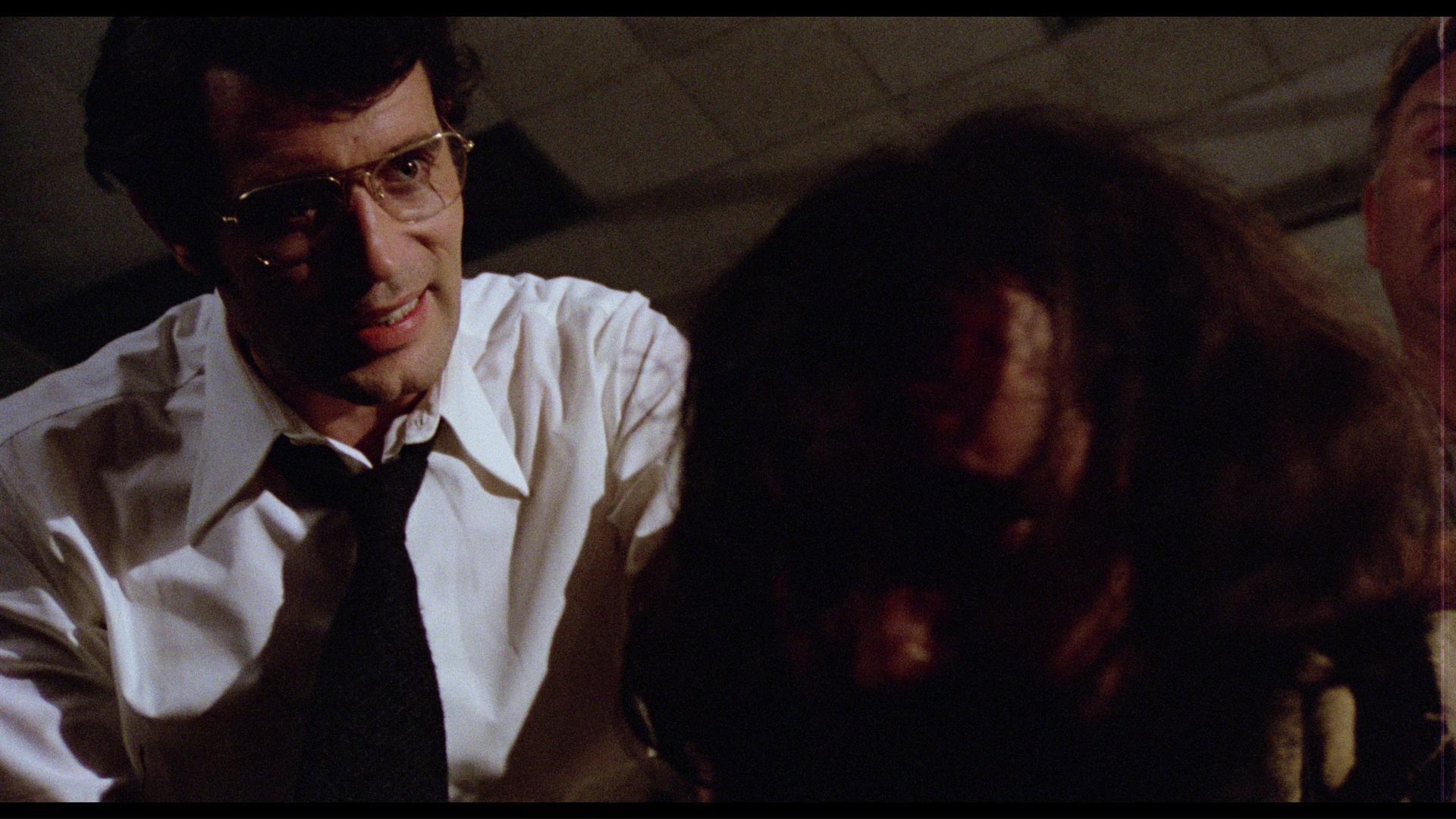 doesn't touch on the much wilder Italian film she starred in right after this one), identifies some of the dubbing artists, and offers plenty of trivia about the players along with a possible oddball touch that inspired another in Sleepless. In "Small World: Internationalism in the Giallo" (28m30s), familiar critic Michael Mackenzie actually appears on camera this time for one of his heady cinematic
doesn't touch on the much wilder Italian film she starred in right after this one), identifies some of the dubbing artists, and offers plenty of trivia about the players along with a possible oddball touch that inspired another in Sleepless. In "Small World: Internationalism in the Giallo" (28m30s), familiar critic Michael Mackenzie actually appears on camera this time for one of his heady cinematic 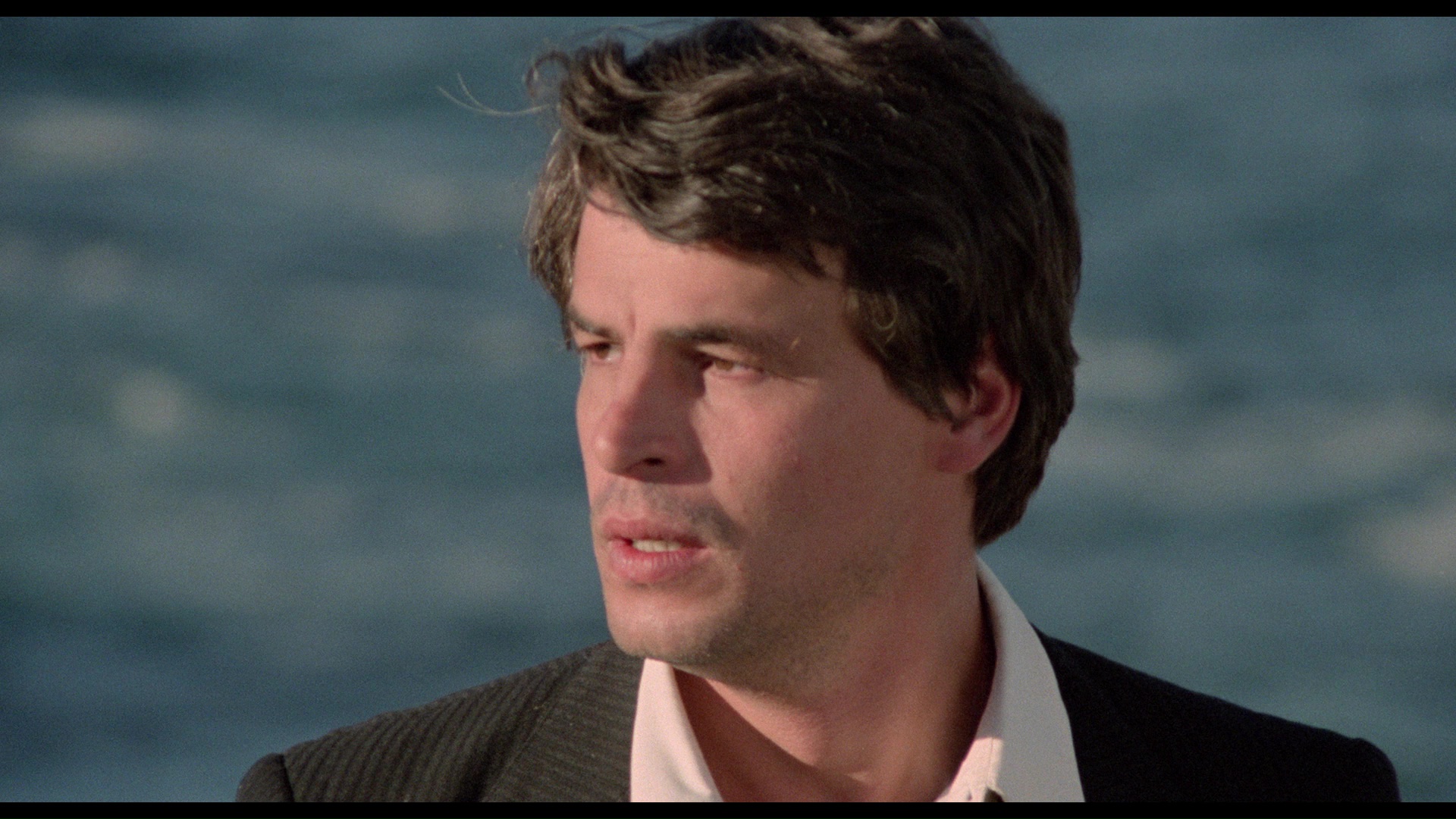 studies, in this case the globe-hopping aspects of the giallo with a focus on plane arrivals and departures as story devices, the location demands of multinational co-productions, the oddities of voice dubbing, another similarity to Sleepless, and some amusing contractual chicanery that makes it worth watching both the English and Italian versions for their different opening and closing credit sequences. Next up is "A Good Bad Guy" (31m46s) with Ross recalling his good rapport with director Fabio Mogherini, the funny way he wound up being cast as a sort-of villain, the use of a body double for one key scene, Placido's inability to speak English, and thoughts on some of his co-stars in other films including a revelation of who was the most difficult. Editor Alberto Tagliavia gets his turn in "A Study in Elegance" (23m17s), which is actually quite fascinating as he talks about the "architectural" elegance of his director and doing three different editing passes on the film that finally settled on the "giallo" cut we now have with more of a mystery element. (Talk about a fun movie someone could fanedit!) Next up is assistant director Ferruccio Castronuovo in "Inside the Yellow Pyjama" (15m4s) with a discussion of the six-week shoot that entailed heavy filming in Spain with some of the actors heading off to Sydney for exterior scenes. He's quite the Ray Milland fan, too. He also goes into some of the more stylized lighting effects in the film and the search for a model to do the glass case scene. Finally the archival "The Yellow Rhythm" (21m24s) is a new edit of an interview with the late Ortolani talking about growing up in a musical family, the origin of his professional name, and the hectic scoring work pace that became his bread and butter, with some regrets. He doesn't shy away from his famous mondo work either, though the only connection to this film is a fleeting bit about Mogherini. A little image gallery compiles some stills, VHS art, and posters, and the Italian trailer is included in a fresh HD scan with English subtitles.
studies, in this case the globe-hopping aspects of the giallo with a focus on plane arrivals and departures as story devices, the location demands of multinational co-productions, the oddities of voice dubbing, another similarity to Sleepless, and some amusing contractual chicanery that makes it worth watching both the English and Italian versions for their different opening and closing credit sequences. Next up is "A Good Bad Guy" (31m46s) with Ross recalling his good rapport with director Fabio Mogherini, the funny way he wound up being cast as a sort-of villain, the use of a body double for one key scene, Placido's inability to speak English, and thoughts on some of his co-stars in other films including a revelation of who was the most difficult. Editor Alberto Tagliavia gets his turn in "A Study in Elegance" (23m17s), which is actually quite fascinating as he talks about the "architectural" elegance of his director and doing three different editing passes on the film that finally settled on the "giallo" cut we now have with more of a mystery element. (Talk about a fun movie someone could fanedit!) Next up is assistant director Ferruccio Castronuovo in "Inside the Yellow Pyjama" (15m4s) with a discussion of the six-week shoot that entailed heavy filming in Spain with some of the actors heading off to Sydney for exterior scenes. He's quite the Ray Milland fan, too. He also goes into some of the more stylized lighting effects in the film and the search for a model to do the glass case scene. Finally the archival "The Yellow Rhythm" (21m24s) is a new edit of an interview with the late Ortolani talking about growing up in a musical family, the origin of his professional name, and the hectic scoring work pace that became his bread and butter, with some regrets. He doesn't shy away from his famous mondo work either, though the only connection to this film is a fleeting bit about Mogherini. A little image gallery compiles some stills, VHS art, and posters, and the Italian trailer is included in a fresh HD scan with English subtitles.Arrow Video Blu-ray
Blue Underground DVD
![]()